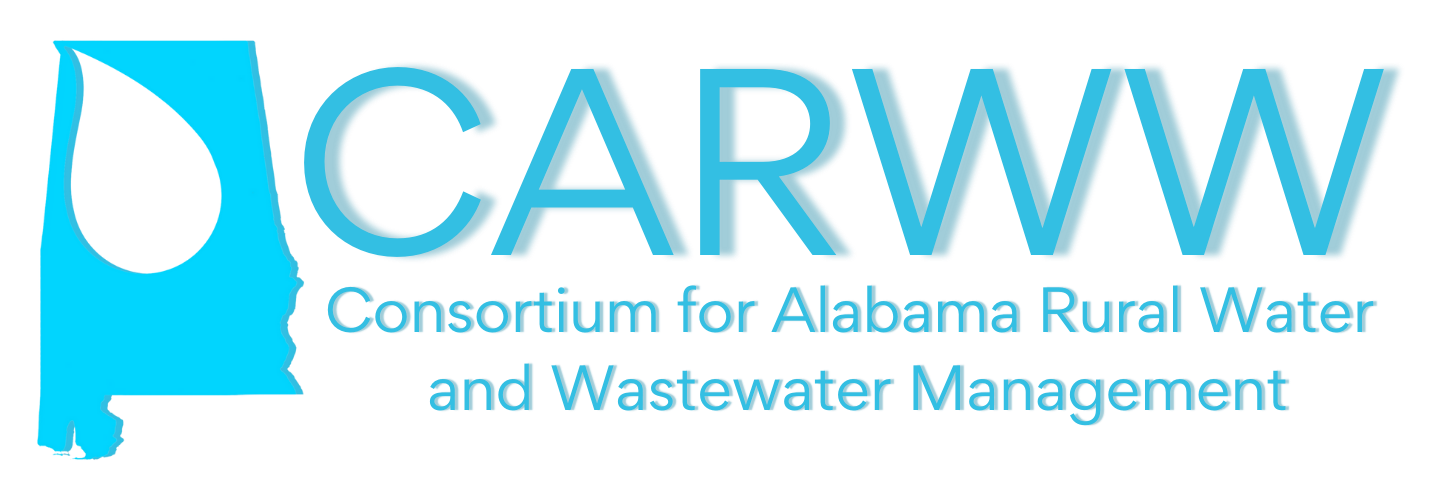The Technical Assistance, Education, and Training for Sustainable Wastewater Management in the Rural Black Belt of Alabama is a USDA-funded project. This project is a multi-faceted, science and economic-driven approach to address the wastewater problem that builds upon and extends our ongoing work in a four-county region to the entire rural Alabama Black Belt, while also incorporating advances in geospatial technology for planning, as well as considerations for innovative/cost-effective technologies, decentralized cluster systems, long-term sustainability, environmental health, and economic development. Our holistic approach aligns with the USDA’s philosophy that “sanitary waste disposal systems are vital not only to public health, but also to the economic vitality of rural America.”
This project will address these public health-economic challenges through a series of interconnected tasks, including
Solutions to wastewater management in the Black Belt to protect public health and the environment are complex and multi-faceted. They require detailed planning, innovative technologies, regulatory modifications, economic considerations, traditional and alternative financing options, education, outreach, and the involvement of multiple partners. The following is a list and brief description of parallel, interconnected tasks that this project will accomplish.
Although wastewater challenges in rural areas in the U.S. are not uncommon, few places face the challenges of the Alabama Black Belt due to its unique social, economic, historical, and geographic characteristics. The Black Belt, originally named because of the region’s dark soil, is an 18-county region in Central Alabama characterized by its high rural character, lack of economic development, lower-than-average educational attainment, and lower-than-average access to health care. Exacerbating typical rural wastewater challenges are the region’s poorly drained, shrink-swell clay soils that prevent wastewater effluent from draining into the subsurface, causing conventional onsite wastewater systems (e.g., septic tanks with drain fields) to fail. Furthermore, infrastructure plays a key role in community well-being, both directly and indirectly, as communities with inadequate or deteriorating infrastructure struggle to attract businesses and industry, and poor communities lack the tax and economic base necessary to obtain, maintain, and upgrade their infrastructure. The entirety of the project area is in the “persistent poverty” category, indicating that at least 20% of the population of these counties have been in poverty over the last 30 years.
Location: The project study area encompasses the fifteen Alabama Black Belt counties in “persistent poverty”: Barbour, Bullock, Butler, Choctaw, Dallas, Greene, Hale, Lowndes, Macon, Marengo, Perry, Pickens, Pike, Sumter, and Wilcox. Each of these counties meet the criteria for being considered a “persistent poverty” county according to the USDA Economic Research Service. Work on this project will be explicitly limited to rural “populated place areas” under 10,000 persons.
Research: The overall goals of the project are to enhance the availability and application of innovative, cost-effective, and sustainable solutions to chronic wastewater problems in the Alabama Black Belt. The project’s research builds upon and extends our ongoing work while also incorporating advances in geospatial technology, managed OWTS, and considerations for long-term sustainability, environmental health, and economic development.
The University of South Alabama
The University of Alabama
Auburn University
Texas A&M University
Partners:
CARWW Members
Coming soon.
Current Projects:
Columbia World Projects: Transforming Wastewater Infrastructure in the United States
EPA: Reinventing Rural Wastewater Management
USDA: TAT Regional Wastewater Treatment Solutions
Black Belt Unincorporated Wastewater Program
Dig Deep: Decentralized Wastewater Innovation Cohort
USDA: Sustainable Wastewater Management in the Rural Black Belt of Alabama
This institution is an equal opportunity provider.
